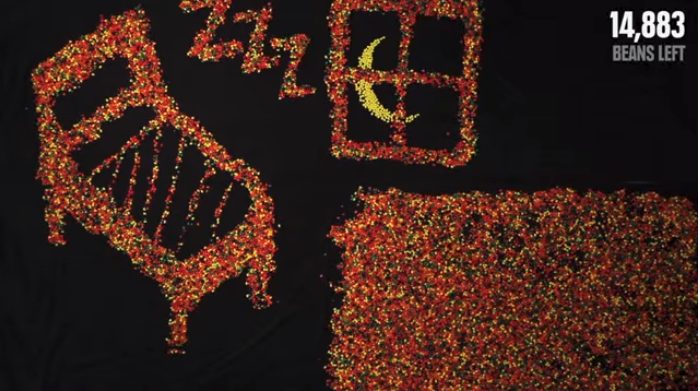The college acceptance season is officially under way, as schools have released early admission numbers for the class of 2021. Here is a refresher on early admission, which is offered by about 450 US colleges.
At colleges that offer “early decision,” admitted students are committed to attending that school. They may not apply to more than one college through early decision.
Other colleges offer “early action,” which is nonbinding, and students may apply to multiple colleges.
Deadlines for both are in the fall. Deadlines for regular admission typically fall between Jan. 1 and Feb. 1.
What are the advantages of applying early?
Better admissions odds, for one. Guidance counselors recommend it for students who have done their homework to realistically narrow their options. From the colleges’ perspective, it lets them know students are serious about attending.
Are there disadvantages?
Students accepted through early decision (binding) generally receive a take-it-or-leave-it financial aid offer from that one school and may miss out on a better offer from another college.
Critics of the process say it feeds the college-admission frenzy and tends to benefit wealthy students who know how to work the system.
The Ivy League is seeing a surge in early applications. A sampling of the numbers released this month:
■ Harvard early action (nonbinding) applications rose 5 percent, to 6,473. The acceptance rate fell slightly this year to 14.5 percent, or 938 students.
■ Yale welcomed its largest group of early-action admits in several years, accepting 871 students, or 17.1 percent, from a pool of 5,086.
■ Princeton University saw an 18.5 percent increase in early applications. It offered admission to 770 students, or 15.4 percent, from a pool of 5,003.
■ The University of Pennsylvania had a record-breaking 6,147 applicants and accepted 22 percent.
Do you have more questions about finding the right college for you?
Contact us here.
Source: The Boston Globe, December 28, 2016





